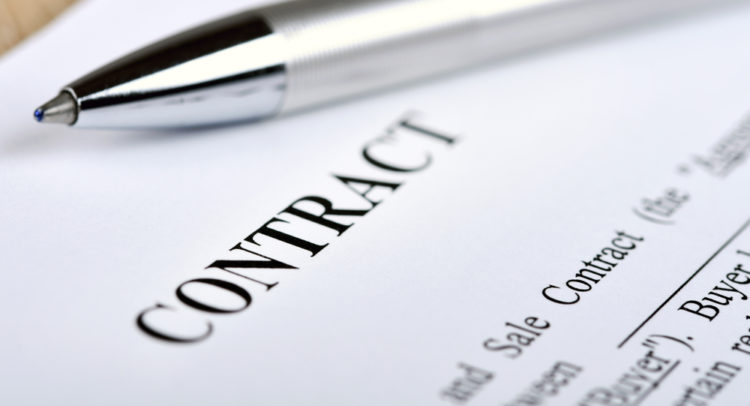Severe Weather Watch: Damaging Winds Associated With Fast-Moving Storms

Table of Contents
Identifying Fast-Moving Storms and Damaging Wind Threats
Recognizing the signs of an approaching storm with potentially damaging winds is the first step towards ensuring safety. Quick action can be the difference between minor inconvenience and significant damage or injury.
Recognizing Warning Signs
Fast-moving storms often exhibit specific visual and auditory cues that signal impending damaging winds. Paying close attention to these signs is paramount.
- Visual Cues: A dark, greenish sky, often referred to as a "green sky," is a strong indicator of a powerful storm. The presence of a wall cloud (a lowered, rotating cloud formation) is another significant warning sign, often preceding a tornado. Rapidly rotating clouds or a sudden, significant drop in temperature are also crucial indicators.
- Auditory Cues: A sudden, significant increase in wind speed, accompanied by loud rumbling, is another clear warning sign. The sound of approaching hail can also signal an intensification of the storm, frequently accompanied by high winds.
- Technology for Storm Tracking: Utilize reliable weather radar apps on your smartphone and pay close attention to local news broadcasts for up-to-the-minute updates and warnings about severe weather, including damaging wind alerts. Many apps provide real-time tracking of storm movement and intensity.
Understanding Wind Speed and Damage Potential
The intensity of damaging winds is measured in miles per hour (mph) or kilometers per hour (km/h). The higher the wind speed, the greater the potential for damage.
| Wind Speed (mph) | Wind Speed (km/h) | Damage Potential |
|---|---|---|
| 40-72 | 64-116 | Broken branches, minor structural damage, power outages |
| 73-110 | 117-177 | Significant structural damage, widespread power outages |
| >110 | >177 | Catastrophic damage, potential for complete structural failure |
Understanding terms like "derecho," a widespread, long-lived wind storm, and "downburst," a localized downdraft of air, is vital for comprehending the scope and impact of damaging winds.
Safety Precautions During Damaging Winds
Preparing for and reacting appropriately to damaging winds is crucial for minimizing risk. A well-defined plan can save lives and property.
Before the Storm
Proactive preparation is key to mitigating the impact of high winds.
- Secure Loose Objects: Bring all loose outdoor objects—furniture, debris, and anything that could become airborne—indoors or securely fasten them.
- Trim Trees: Trim overhanging branches to reduce the risk of them falling and causing damage during high winds.
- Develop a Family Emergency Plan: Establish a communication plan and designate a safe room in your home.
- Prepare an Emergency Kit: Include essentials such as water, non-perishable food, flashlights, batteries, a first-aid kit, and any necessary medications.
During the Storm
When damaging winds hit, prioritize safety.
- Seek Shelter: Move to a sturdy interior room, away from windows. Basements or interior hallways are ideal.
- Stay Informed: Continuously monitor weather reports for updates on the storm's progress.
- Avoid Travel: Do not travel during the storm unless absolutely necessary. Roads can become dangerous due to debris and downed power lines.
After the Storm
Post-storm safety is equally critical.
- Assess Damage: Carefully check for structural damage to your home, including roof damage, broken windows, and compromised foundations.
- Avoid Downed Power Lines: Never approach or touch downed power lines; report them to the appropriate authorities immediately.
- Report Damage: Contact your local authorities to report any significant damage to your property or infrastructure.
Assessing and Mitigating Wind Damage
Identifying and addressing wind damage is crucial for safety and recovery.
Identifying Wind Damage
Wind damage can manifest in various ways.
- Roof Damage: Look for missing shingles, damaged flashing, or signs of structural compromise.
- Broken Windows: Check for broken or cracked windows, which can compromise the integrity of your home.
- Fallen Trees: Assess the location of fallen trees, and ensure they don't pose an immediate safety threat.
- Structural Damage: Look for cracks in walls, foundation shifts, or damage to support beams.
Repairing Wind Damage
Repairing wind damage requires careful evaluation.
- Assess Severity: Determine the extent of the damage. Minor repairs might be DIY projects, while significant damage requires professional contractors.
- Contact Insurance: If the damage is substantial, contact your insurance company to file a claim.
- Professional Assistance: For major structural damage, consult qualified contractors to ensure safe and effective repairs.
- Prioritize Safety: Ensure safety is your priority when undertaking repairs. Use caution, and address immediate safety risks before undertaking any significant repair tasks.
Conclusion
Protecting yourself from the devastating effects of damaging winds associated with fast-moving storms requires preparedness and vigilance. By understanding the warning signs, taking necessary safety precautions, and knowing how to assess and mitigate wind damage, you can significantly reduce the risks involved. Staying informed through reliable weather apps and local news sources is crucial. Develop a personal plan for dealing with damaging wind events, ensuring you and your loved ones are prepared for severe weather. Further research into storm safety and wind damage mitigation is highly recommended to enhance your overall preparedness. Don't wait; prepare for damaging winds today.

Featured Posts
-
 O Giakoymakis Kai I Istoriki Prokrisi Tis Kroyz Azoyl Ston Teliko
May 20, 2025
O Giakoymakis Kai I Istoriki Prokrisi Tis Kroyz Azoyl Ston Teliko
May 20, 2025 -
 Big Bear Ai Bbai Plunge In 2025 Investigating The Causes
May 20, 2025
Big Bear Ai Bbai Plunge In 2025 Investigating The Causes
May 20, 2025 -
 Aj Styles Wwe Contract Latest Backstage Updates
May 20, 2025
Aj Styles Wwe Contract Latest Backstage Updates
May 20, 2025 -
 Abidjan Lancement Du Premier Marche Africain Des Solutions Spatiales Mass
May 20, 2025
Abidjan Lancement Du Premier Marche Africain Des Solutions Spatiales Mass
May 20, 2025 -
 Madrid Open Sabalenka Secures Opening Victory
May 20, 2025
Madrid Open Sabalenka Secures Opening Victory
May 20, 2025
